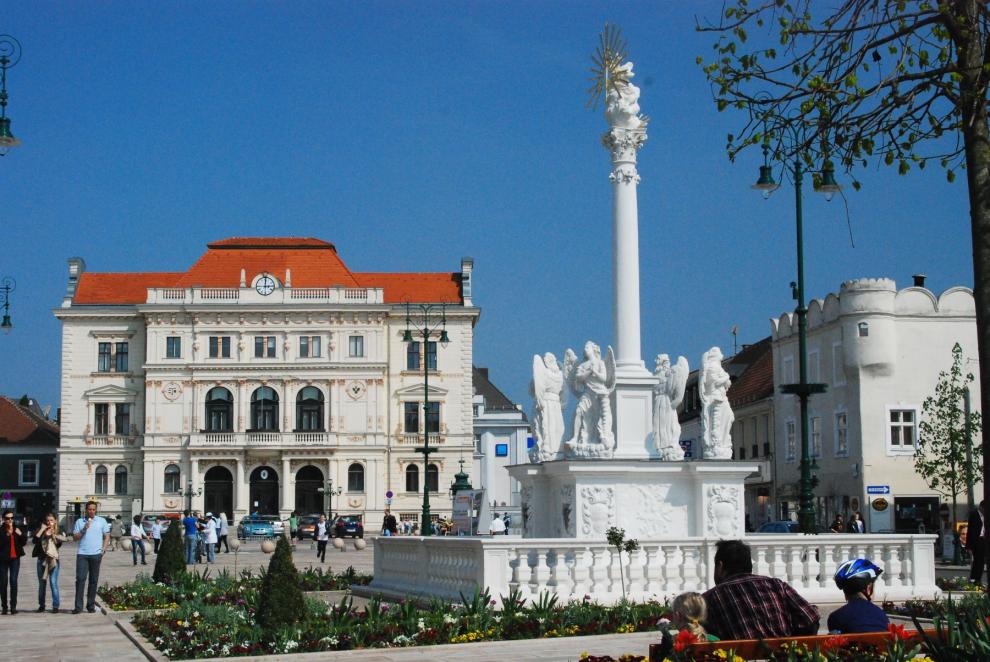Thessaloniki gets ready for its metro launch in November
The underground rapid transit lines have been under construction for almost two decades due to various project delays
 TheMayor.EU logo
TheMayor.EU logo 
Tulln is one of the oldest cities in Austria. Its name is said to have originated from ancient Celtic. The town first served as a major fortification hub of the Roman Empire under the name Comagena (or Comagenis). Legend has it that with the collapse of Rome, Saint Severinus of Noricum entered the city to save it from the invading barbarians.
Tulln again gained prominence a few hundred years later when it was part of the Holy Roman Empire. The noble house of Babenberg resided in the city while they were ruling that part of the Empire.
A major event of the town’s history is the gathering of relief forces aiming to break the Ottoman siege of Vienna in 1683. The town housed the hosts of Polish king John III Sobieski and the noble houses of Saxony, Bavaria and Baden.
Tulln is part of the Austrian province of Lower Austria and is the administrative seat of Tulln District. The town has a population of 16,197.
A major part of the city’s economy is Agrana Austria’s sugar producing plant as well as some research centres like the Agrana Research and Innovation Centre and Technopol Tulln, one of Lower Austria’s Technopol competence centres. The town also hosts numerous boat and camping equipment shows as well as a large trade fair. The city also has a generous program to help Tulln-based businesses.

Being one of Austria’s oldest cities, Tulln boasts of numerous very interesting sites. For starters there’s a 4th century Roman tower that still remains intact, albeit her purpose has changed over the past couple of thousand years – it later became an armory, then a salt tower and is currently used by local students.
Perhaps the most important of Tulln’s sites is the Nibelungen-Fountain. According to The Song of the Nibelung, it was in Tulln that Attila the Hun found and proposed to his wife Kriemhild (Gudrun).
Thanks to its multitude of parks, gardens and horticultural exhibitions, the town is often referred to as Blumenstadt or “City of Flowers”.
Stadtgemeinde Tulln
Minoritenplatz 1
3430 Tulln
Austria